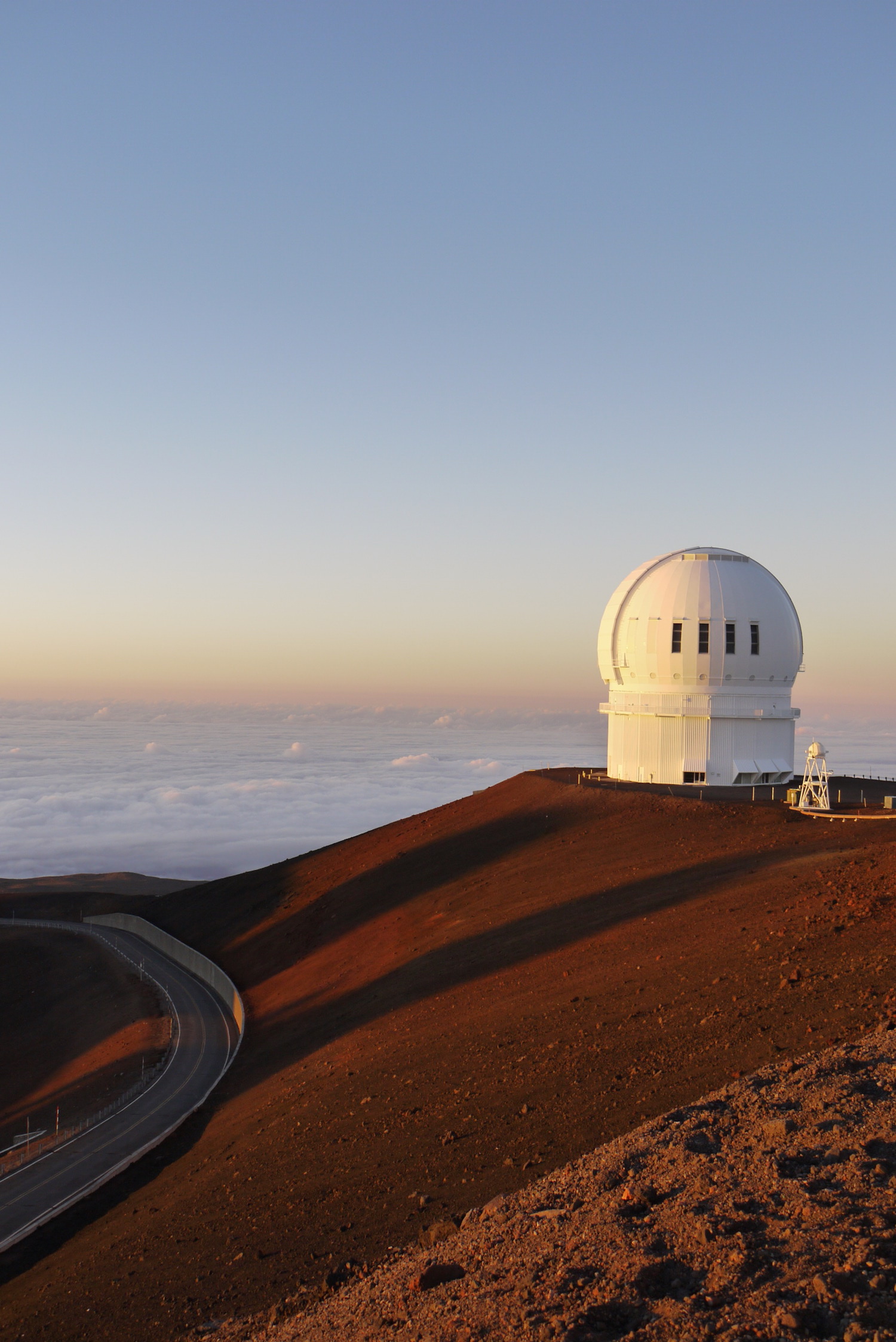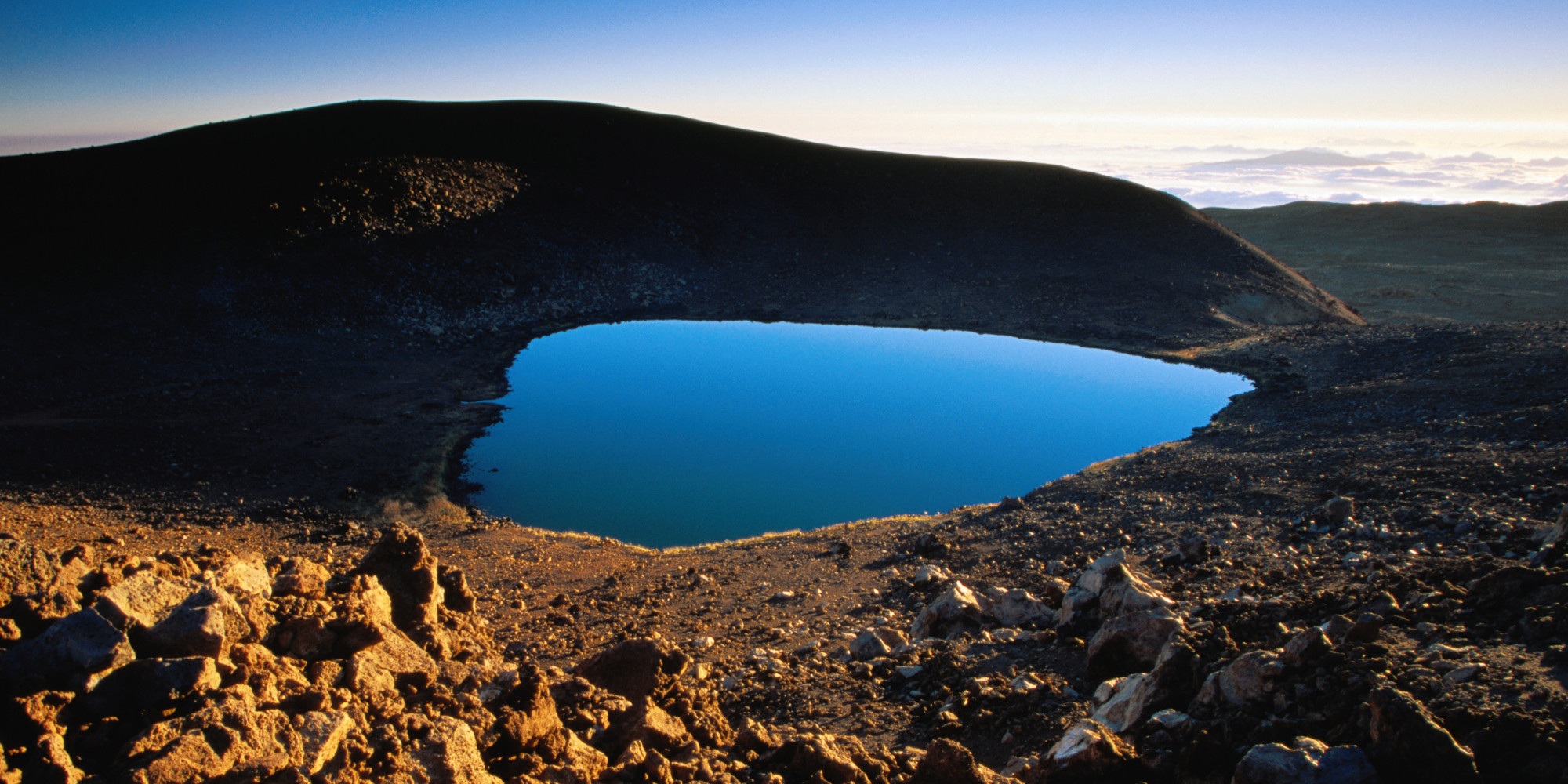
Mauna Kea or the White Mountain, on the island of Hawaii. The core of the facility is a state-of-the-art PlaneWave CDK700 0.7-meter telescope operated mostly remotely or. Mauna Kea Observatory Panorama showing the observatory on the top of Mauna Kea Credit: Gemini. (NOTE: Observatories are not open to the public. The telescopes on Maunakea are operated by 12 separate nonprofit observatories. Together, the Observatories make Maunakea the most scientifically productive site for astronomy world-wide. The telescope’s mobile component weighed 250 tonnes and the total structure weighed 325 tonnes. Welcome to the UH Hilo Educational Telescope web site Currently in development, the Educational Telescope is aimed at providing educational opportunities in astronomy for students and residents all across the State of Hawai'i‘i. Where: 35 miles west of Hilo on the island of Hawaii Early Hawaiians named the behemoth Maunakea. Browse 19 HAWAII OBSERVATORY job (39K-70K) listings hiring now from companies with openings. The Maunakea Observatories are a collaboration of nonprofit independent institutions with telescopes located on Maunakea on the island of Hawai‘i. France was responsible for constructing specific mechanical parts for the telescope (tube, frame, etc.), and Hawaii provided the site, a road to the site, and several instruments. The three partners signed an agreement in 1974 and the Canada-France-Hawaii Telescope Corporation was born.Ĭanada was in charge of polishing the mirror, putting into place a control system for the telescope, and constructing the observatory building. The state of Hawaii joined the project in 1971, followed by Canada in 1973.

At the time of its inauguration, the 3.6-metre telescope was the sixth largest in the world and operated in the range of visible light and infrared.įrance launched the project in 1970 with the purchase of a 14-tonne glass disk. Canada’s participation meant valuable access to a world-class telescope for Canadian astronomers. How the authority will act depends on who gets appointed to serve as its members, a process that will be completed when the legislature reconvenes next year.The Canada-France-Hawaii Observatory began operating in 1979 atop the Mauna Kea volcano in Hawaii. "I'm confident that astronomy can thrive in Mauna Kea and in Hawaii before 2033 and after," O'Meara said, "Because we're coming to a place of mutual stewardship - of everybody recognizing that it's the mauna at the center of this and not any one player."
OBSERVATORY IN HAWAII FULL
Once it has full control over the mountain, the group will be tasked with negotiating new leases for the mountain's new and existing observatories to prevent them from being decommissioned.ĭespite the uncertainty surrounding how negotiations will go, O'Meara said he thinks the creation of the new authority was a step in the right direction. The National Astronomical Observatory of Japan (NAOJ) initiated. John O'Meara, chief scientist at the Keck Observatory on Mauna Kea, said that means the next few years will be crucial for astronomy in Hawaii. Challenge Develop the worlds largest optical-infrared telescope. One native Hawaiian story about the origin of Mauna. The appointment of members to the new authority will be finalized later. Other telescopes on Mauna Kea have already contributed to human knowledge. Keck Observatorys vision is to advance the. Its website says the new observatory would be able to provide images 12 times sharper than the Hubble Space Telescope and four times sharper than the new James Webb Space Telescope.īut there was strong opposition to its arrival.Īctivists, including native Hawaiians and conservationists, protested the TMT multiple times between 20, saying its massive size could potentially spoil the land on Mauna Kea's already crowded summit. The Keck Observatory telescopes on Maunakea in Hawaii, are the worlds largest optical and infrared telescopes.



Scientists are excited about the new project, which was first granted a sublease on Mauna Kea in 2014. The Thirty-Meter Telescope, or "TMT", named after the diameter of its primary mirror, would be one of the world's largest upon completion. There are now a total of 13 observatories on the mountain, with plans to decommission two of them to help reduce astronomers' footprint on the mountain.īut there are plans to add another, much bigger telescope already under way. It also happens to be ideal for observatories.Īndrew Richard Hara/W. Mauna Kea is considered sacred to Native Hawaiians.


 0 kommentar(er)
0 kommentar(er)
